 17 March 2025
17 March 2025Hayden Mankin combines traditional art with randomness
 8 November 2024
8 November 2024Ashleigh Wilcox, Jenny Power and Rachel Evans show you how to draw pretty pictures
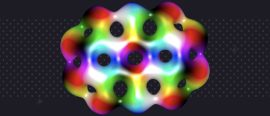 20 May 2024
20 May 2024Sven Bjarke Gudnason and Calum Ross introduce you to the wonderful world of skyrmions
 6 December 2023
6 December 2023Connie Bambridge-Sutton invites you to make a flexible 3D shape
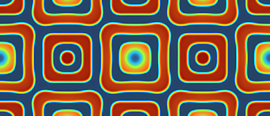 22 May 2023
22 May 2023Ben Walker, Adam Townsend & Andrew Krause invite you to play with their fun online PDE visualiser
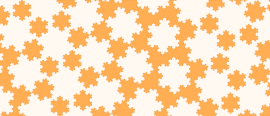 9 November 2022
9 November 2022Trippy brain massages from Sam Palmer's artwork on the front of Issue 16
 25 May 2022
25 May 2022Poppy Azmi explores the patterns that are all around us
 22 November 2021
22 November 2021Madeleine Hall takes a brief dive into the world’s favourite set-relationship-representation diagram.
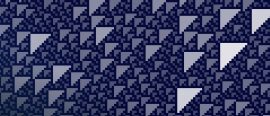 1 May 2021
1 May 2021Discover the meaning of the coloured squares on the cover of issue 13
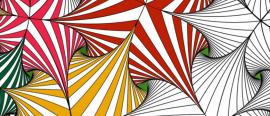 30 October 2020
30 October 2020Florian Bouyer explains the beautiful geometry behind his mathematical colouring-in designs.
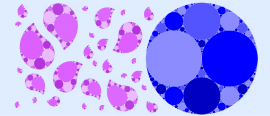 17 April 2020
17 April 2020David Sheard explores the rich mathematics and history behind the Apollonian packing, and the cover of issue 11
 23 October 2019
23 October 2019Explaining the mathematics of tiling, and the cover of Issue 10
 14 March 2019
14 March 2019Find out more about the spiral trees on the cover of Issue 09
 18 October 2018
18 October 2018Find out more about the weird shapes on the cover of Issue 08
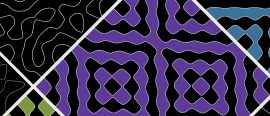 12 March 2018
12 March 2018Find out more about the patterns on the cover of Issue 07
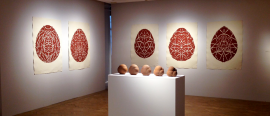 18 October 2017
18 October 2017Euclidean Egg III makes the cover of issue 06!
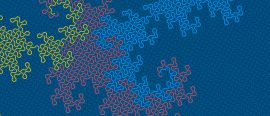 6 March 2017
6 March 2017Read more about the fire-breathing curves that appear on the cover of issue 05
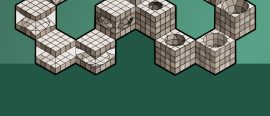 3 October 2016
3 October 2016Exploring the connection between maths and art.
 13 March 2016
13 March 2016The story behind Issue 3's cover artwork
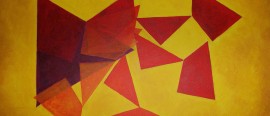 6 October 2015
6 October 2015The maths behind Issue 02's cover
 24 March 2015
24 March 2015The resultant art is the outcome and purpose that elevates and distinguishes the science.





















